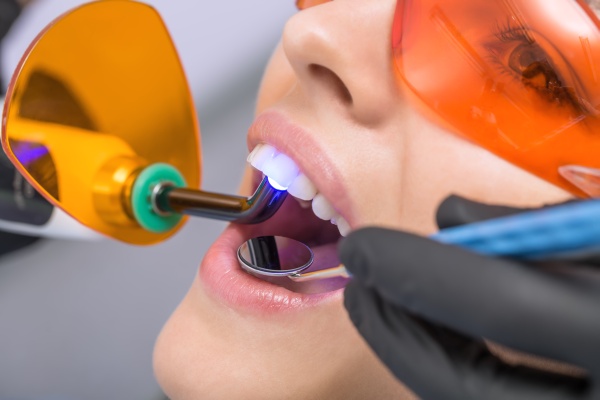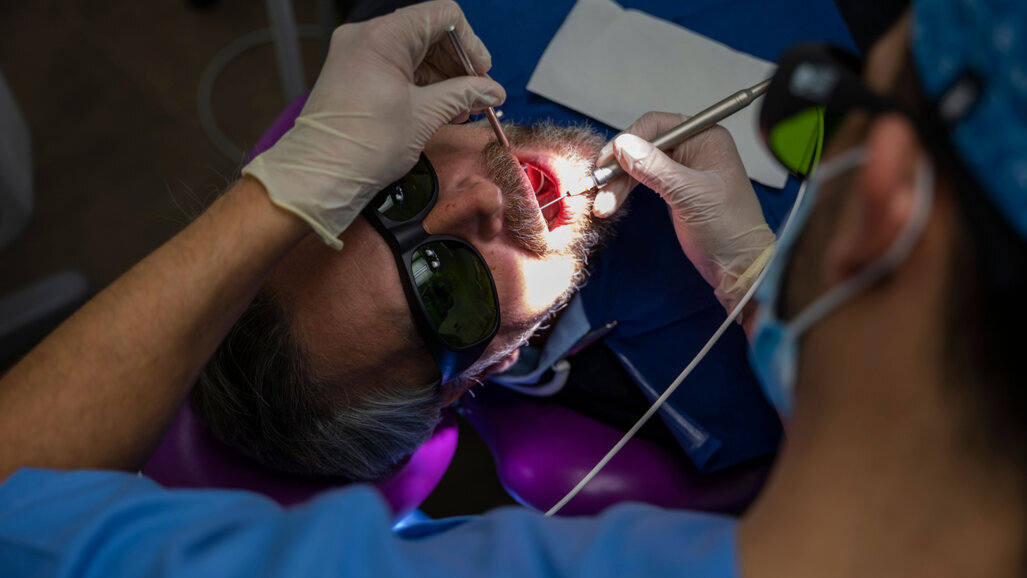Dental implant placement has become a popular solution for replacing missing teeth, offering a natural-looking and long-lasting result. However, traditional implant placement techniques can be invasive, requiring multiple surgeries and prolonged recovery times. Fortunately, laser-assisted implant placement by the specialized laser dentist Scottsdale has emerged as a groundbreaking alternative, offering a minimally invasive and highly precise approach to implant surgery.
Let’s find out more about this innovative technology and procedure.
What is laser-assisted implant placement?
Laser-assisted implant placement is a cutting-edge dental procedure that utilizes a specialized laser device to prepare the implant site with unparalleled precision and minimal invasiveness. By harnessing the laser’s focused beam of light, dentists can create a precise pilot hole, remove bone and tissue, and decontaminate the site, all while reducing trauma to surrounding tissue and promoting a sterile environment. This innovative approach not only streamlines the implant placement process but also offers numerous benefits, including faster recovery times, increased success rates, and a reduced risk of complications.
The laser’s focused beam of light is used to:
- Prepare the implant site: The laser creates a precise pilot hole, reducing the risk of damage to surrounding tissue.
- Remove bone and tissue: The laser gently removes bone and tissue, creating a clear path for the implant.
- Decontaminate the site: The laser’s antibacterial properties reduce bacterial loads, promoting a sterile environment.
What are the benefits of laser-assisted implant fabrication?
The benefits of laser-assisted implant fabrication and placement include:
- Precision: Laser technology ensures precise implant placement and fabrication.
- Minimally invasive: Reduced trauma to surrounding tissue and bone.
- Faster recovery: Reduced postoperative discomfort and swelling.
- Increased success rates: Laser-assisted placement improves implant integration and stability.
- Reduced risk of complications: Laser technology minimizes the risk of nerve damage and other complications.
- Customized implants: Laser fabrication allows for customized implant designs.
- Improved fit: Laser-assisted placement ensures a precise fit between the implant and surrounding tissue.
- Reduced chair time: Laser technology streamlines the fabrication and placement process.
- Enhanced aesthetics: Laser-assisted placement promotes natural-looking results.
- Increased patient comfort: Laser technology reduces patient discomfort during and after the procedure.
- Improved accuracy: Laser guidance ensures accurate implant placement.
- Reduced bone loss: Laser-assisted placement minimizes bone loss and trauma.
- Faster osseointegration: Laser technology promotes faster implant integration.
- Improved implant longevity: Laser-assisted placement enhances implant durability.
- Reduced risk of implant failure: Laser technology minimizes the risk of implant failure.
What does laser-assisted implant fabrication and placement involve?

Laser-assisted implant fabrication and placement involves the following steps:
Fabrication
- Digital impression: A digital impression of the patient’s mouth is taken.
- Design: The implant is designed using specialized software.
- Laser fabrication: The implant is fabricated using a laser machine.
- Surface treatment: The implant surface is treated with a laser to enhance osseointegration.
Placement
- Preparation: The patient is anesthetized and the treatment area is isolated.
- Laser-assisted site preparation: The laser prepares the implant site, removing bone and tissue.
- Implant placement: The implant is placed into the prepared site.
- Laser-assisted implant positioning: The laser ensures precise implant positioning.
- Verification: The implant is verified to ensure proper placement and integration.
| Laser settings and parameters Wavelength: 1064 nm (Nd: YAG) or 2940nm (Er: YAG)Power: 1-5WPulse duration: 10-50msRepetition rate: 10-50Hz |
Note: The specific steps and laser settings may vary depending on the individual patient’s needs and the dentist’s or oral surgeon’s preference.
Final note
Laser-assisted implant placement revolutionizes dental implant surgery, offering a minimally invasive and highly precise approach. With its numerous benefits and reduced recovery times, this innovative technique is changing the face of implant dentistry. If you’re considering dental implants, consult with your dentist to determine if laser-assisted implant placement is right for you.







